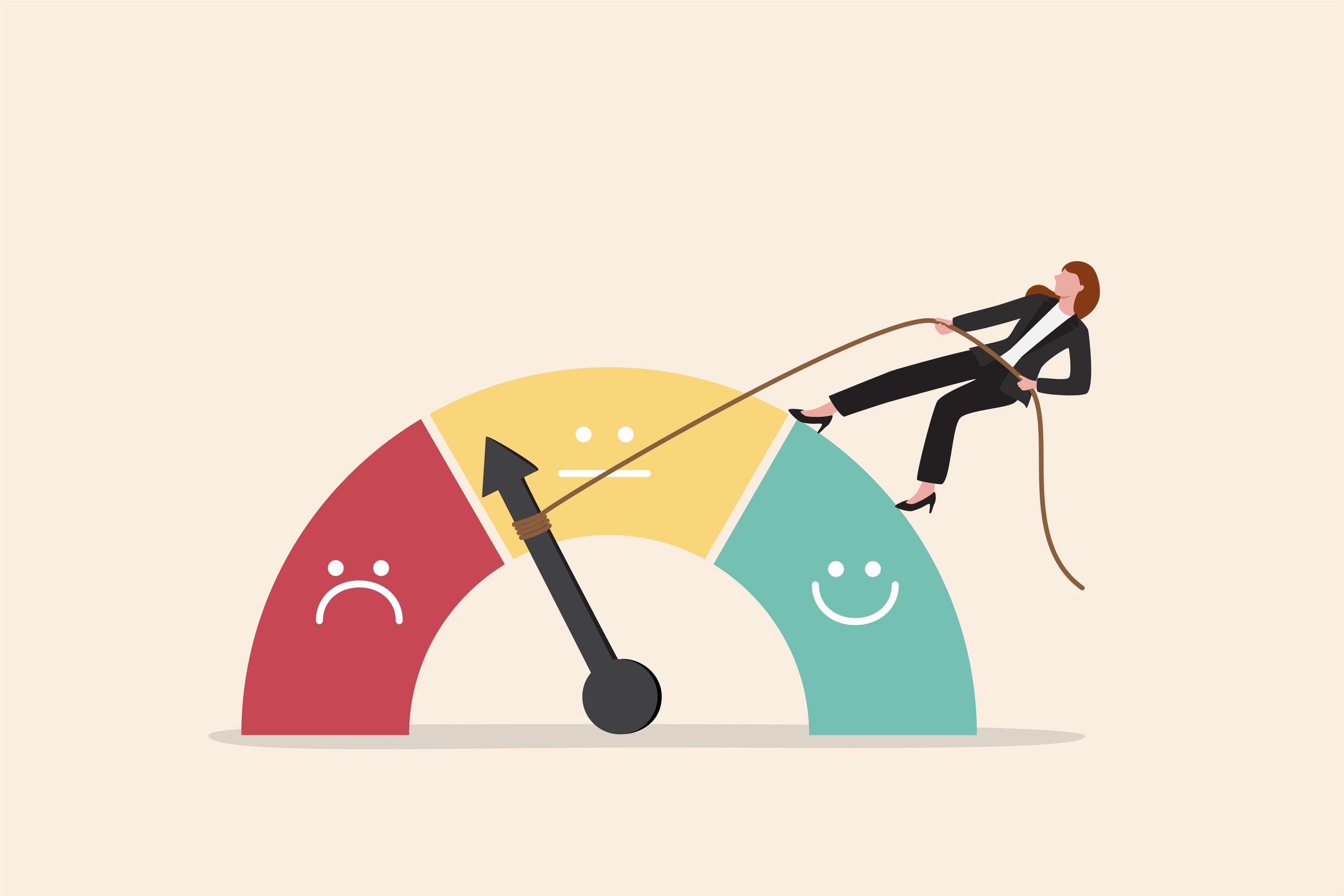Want to dial up employee engagement at work in 2023? Here’s our pick of the best employee engagement tools to help you create a more productive, happier workforce
Engaged workers are more productive, happier, and innovative at work, numerous studies have shown. Fortunately, there is a myriad of employee engagement tools on the market to help you create a more engaged workforce.
Employee engagement tools go hand in hand with engagement strategies, enabling HR and managers to stay on the pulse of employee morale and progress. They go some way to building, or rebuilding, company culture, and show that you are being proactive, prioritising employee engagement. Some organisations use employee engagement surveys to monitor how culture is shifting over time, and understand the areas they need to improve.
What is employee engagement?
Employee engagement is distinct from another commonly-used HR phrase, ‘employee experience‘. Employee engagement’ refers to how an individual feels, thinks, and acts towards their organisation and the achievement of its goals. Metrics that are commonly used to measure employee engagement include pride or advocacy measures. In comparison, employee experience refers to all the touchpoints and interactions between an individual and their employer; effectively, the sum total of their experience of being ‘at work’.
Five best employee engagement tools for 2023
Here is Ciphr’s pick of the best employee engagement tools for 2023, which will help your organisation improve employee engagement.
1. Totem
The idea of sharing stories to create culture is one that goes back thousands of years, but it’s never been more important than today. Totem calls its platform a digital culture platform, and it focuses on measuring workplace culture from anywhere, with a particular focus on remote working. Totem enables HR team to run surveys and polls to receive regular feedback.
Totem’s solutions are aimed at both leaders and teams. Leaders can measure results with machine learning-powered analytics, while teams can chat and share stories, with a design that is instantly familiar, as well as reward one another with kudos. It’s a very intuitive experience.
Features:
- Caters to different roles
- Bespoke design
- Native mobile build, ideal for remote use
- Familiar social media style user experience
2. The People Experience Hub (PxHub)
It can be difficult to make real changes to affect employee engagement without the ability to dig into the figures that matter. The People Experience Hub (or PxHub) gives you access to different surveys to suit your requirements. Choose from a host of different survey types, including annual or pulse surveys. Alternatively, target stages in the employee journey, including new starter and exit surveys.
HR and managers can start engaging their people quickly with access to a question bank and templates, or you can create your own custom surveys.
PxHub also offers wellbeing surveys. These aim to understand psychological, physical, social, and financial wellbeing, helping organisations take a holistic approach to employee wellbeing.
Features:
- A selection of modules, such as the exit interview module
- Four pillared wellbeing model
- Engage employees regularly with pulse surveys
- Track the entire employee lifecycle
3. Lattice
Lattice’s employee engagement tool enables HR teams to run engagement surveys and helps them build a people-first culture. Lattice talks about linking performance management with employee engagement and employee development, for a unified approach.
Its surveys enable HR and managers to benchmark engagement. You can start to dig deeper and identify any departments or teams that may be struggling — especially important during challenging times. It offers a question bank with over 10 themes, with questions built by academics and expert practitioners.
Lattice’s engagement tool integrates with their performance management software to give you an insight into what makes top performers tick. It’s a way to connect performance to engagement and show the value of your employee engagement strategy.
Features:
- Remote people management tools
- Question bank with diverse themes
- Access to comprehensive people analytics
- Integrated to people management tools
4. Culture Amp
Culture Amp offers several solutions, one of which is its employee engagement tool. It gives you access to a library of research-backed surveys, including pulse and deep-dive surveys which can be tailored to suit your requirements, and come complete with up-to-date questions on employee wellbeing, and diversity and inclusion.
HR and managers can measure the effectiveness of their engagement strategies with access to analytics and heatmaps. This means that you can benchmark performance against similar organisations, powered by real-world company data, and continually track your progress.
Interesting features of HR software include the ability to create action plans, which empower employees to collaborate on initiatives and build plans together.
Features:
- Action plans for increasing collaboration
- Benchmark results against other organisations
- Diagnostics and heatmaps
- Extensive library of surveys
5. Ciphr HR
Featuring an HR system on a list of top engagement platforms might feel a little out of step, but hear us out: your central HR software is a critical component of your organisation’s digital ecosystem, and therefore how your people engage with and experience work. HR systems that are unintuitive, difficult to use, or not suited to deskless workers will be a major turn-off. HR software that is simple, effective, offers ways to take the emotional pulse of your people (like Ciphr HR’s sentiment analysis feature) and integrates with other HR software – such as the specialist employee engagement tools we’ve listed above – to give you a more holistic view of your people data will have a significant impact on your employee engagement levels.
Want to find out more about how Ciphr HR can integrate with the best employee engagement tools to help you build a happier and more productive workforce? Request a demo of our solutions now.
This article was first published in January 2021. It was updated in January 2023 for freshness, clarity, and accuracy.
